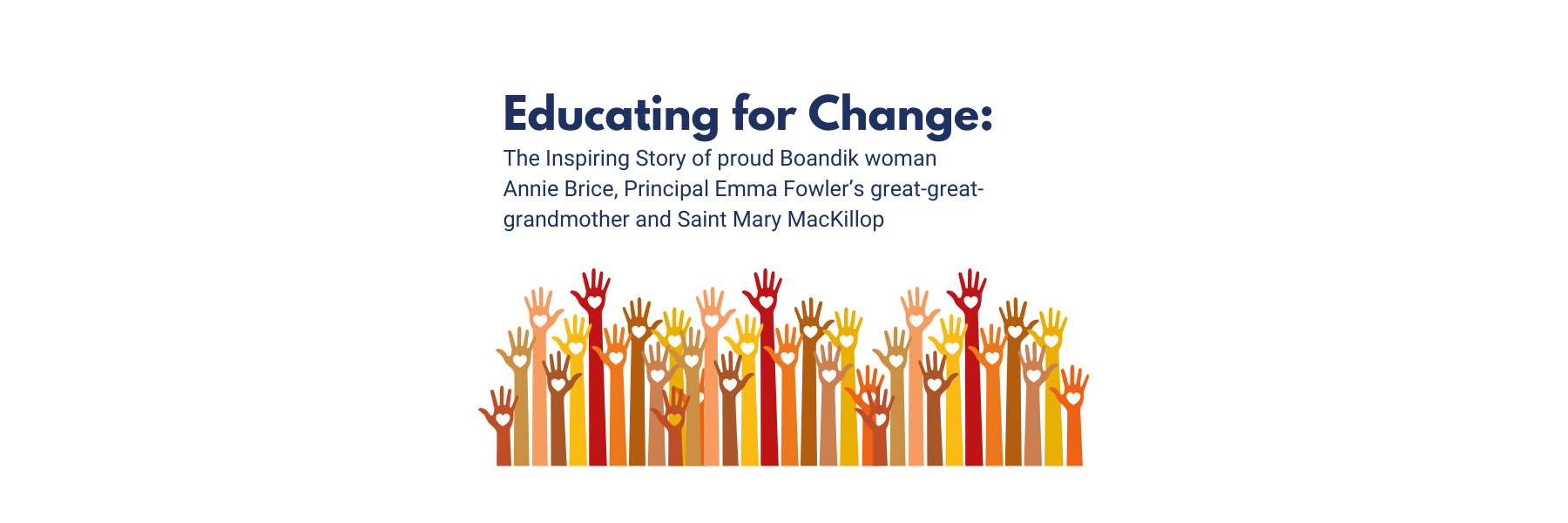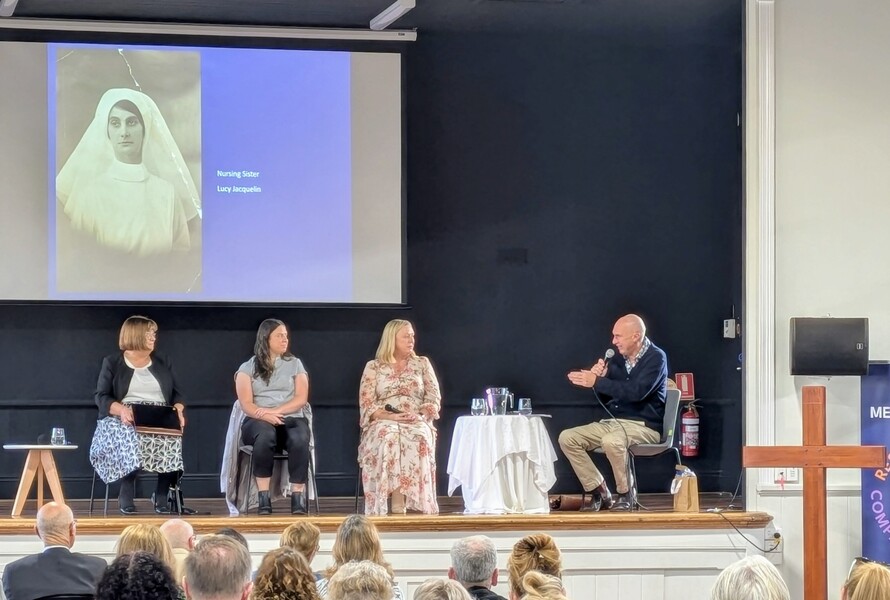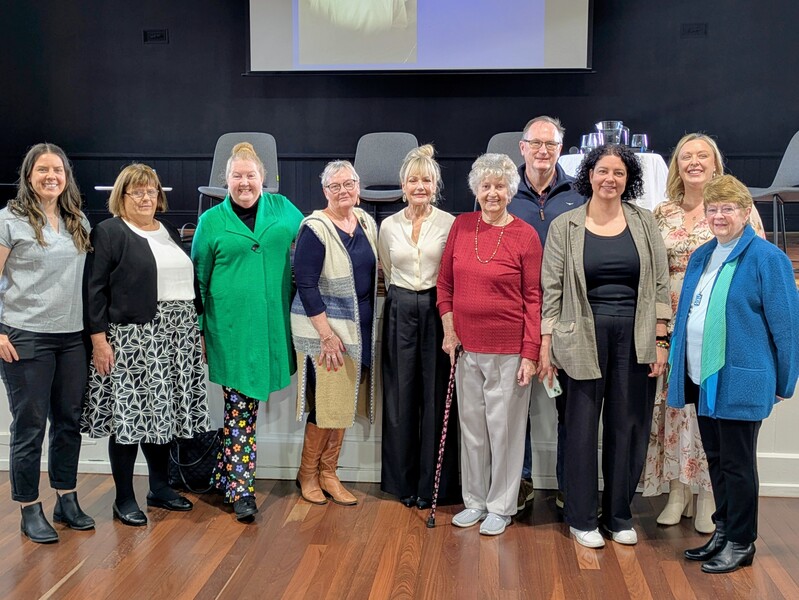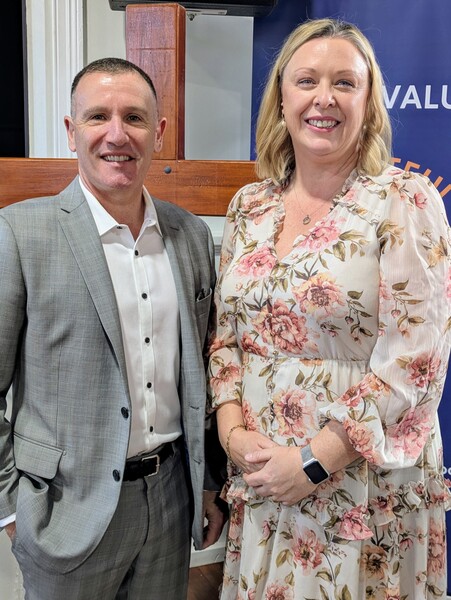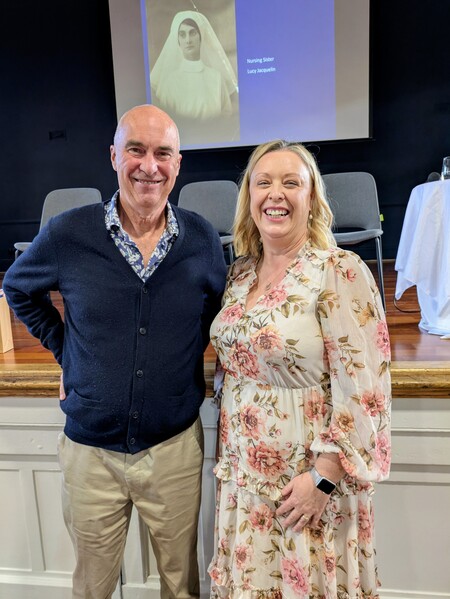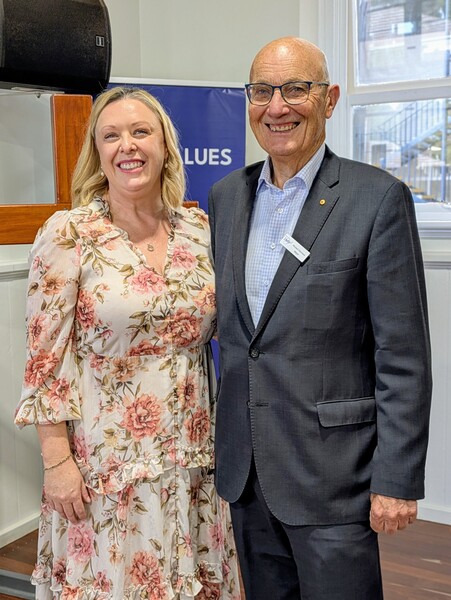Educating for Change: The Inspiring Story of Annie Brice and Saint Mary MacKillop
Keeping Boandik Stories Alive: Highlights from Our Special Event
To honour the voices and stories of the Boandik mob shared at our school event, we have gathered key highlights and important moments from the day. With the presence of Boandik community members and our Principal, this event was a powerful opportunity to listen, learn, and celebrate the rich culture and history of the Boandik people.
By sharing these stories and memories, we aim to keep their impact alive within our school community and beyond. We invite you to read, reflect, and help us continue the important work of preserving and respecting Boandik culture for generations to come.
Reconciliation Through Story
The story of Principal Emma Fowler’s great great grandmother is “a simple story of a white woman helping an Aboriginal woman - and that simple story has brought so much”. It speaks volumes to Annie Brice’s legacy as a Boandik women: fighting against adversity, advocating for your children and for herself and using the gift of education to build confidence and the skills to stand up and be counted.
“At St Raphael’s, we work hard to develop empathy and understanding,” says Emma. “We ask our students to put themselves in others’ shoes and think: ‘What are they doing, and why are they doing it?’”
Emma channels Annie Brice’s strength and commitment to stand up for what is right when she says “We teach our students that if something is right, you have to make sure your voice is heard—even if it is uncomfortable.”
Annie Brice was an Aboriginal woman who struggled to find a sense of belonging within her own community and was shunned by others. When she arrived at Mary MacKillop’s doorstep, she was covered in possum fat—a traditional method to keep warm and protect against the rain. Unlike everyone else who had turned her away, Mary welcomed Annie with open arms. Mary was known for her generosity and kindness to all, but as revealed in the letters she later wrote there was a unique and special bond between the two of them.
“Mary allowed Annie to be seen and heard, and this allowed Annie to feel valued and know that her life mattered, and this opened the world to her” - Amy
Annie Brice, alongside Christine Smith, dedicated herself to educating Aboriginal children and tirelessly advocated for land rights—a challenge made even greater by the fact that such rights were rarely granted to women, let alone Aboriginal women. Determined and resilient, Annie even took her partner to court to fight for child support, setting a powerful precedent. She was a true trailblazer, never allowing setbacks to deter her. Through it all, Annie continued to stand up, speak out, and fight for a better world.
“Aboriginal voices where rarely heard and women’s voices rarely heard and yet Annie got herself an education and she pushed, and this resonates still today” – Amy
Hope for Reconciliation in Australia
In Australia, people feel disconnected from the history. Reconciliation needs to be our opportunity to share our stories—for people to tell their truths about what happened in the past.
As soon as you unburden yourself, as soon as the story has been told, then the reconciliation can start, the healing can start. In Australia we need to share the stories, and we need more listening.
The untold stories still exist – they hold the hurt and stop us from being able to reconcile.
There is hope for reconciliation in Australia as Emma pointed out “watching lots of children from different backgrounds come together, not sharing the language and yet communicating and enjoying each other’s company - this is what I hope for Australia.”
“For people to look at their neighbour, put their race and language barriers to the side, and see them through the eyes of a child—see them for the person they are.”
STORIES TO SHARE
- The Boandik mob were almost wiped out when, at Port MacDonnell, they were rounded up and slaughtered because of the colour of their skin.
- Damper left out for the Aboriginal people of the Southeast was poisoned, causing many deaths.
- Traditionally, Aboriginal people ate from the landscape. When sheep, cows, and chickens were imported, Aboriginal people saw them as something they could hunt and eat. Due to language barriers, they were killed for this.
There are more stories in Australia that haven’t been shared because of shame. We need to share these stories so we can start to heal.
“Holding onto your history and language is important. If you lose your language, you lose a part of yourself. That’s why we encourage our students and their families to speak their heritage language at home” says Principal Emma Fowler.
“We take it for granted in Australia because we are so rich with diversity, and we must celebrate this gift – it makes us richer.” said Emma.

